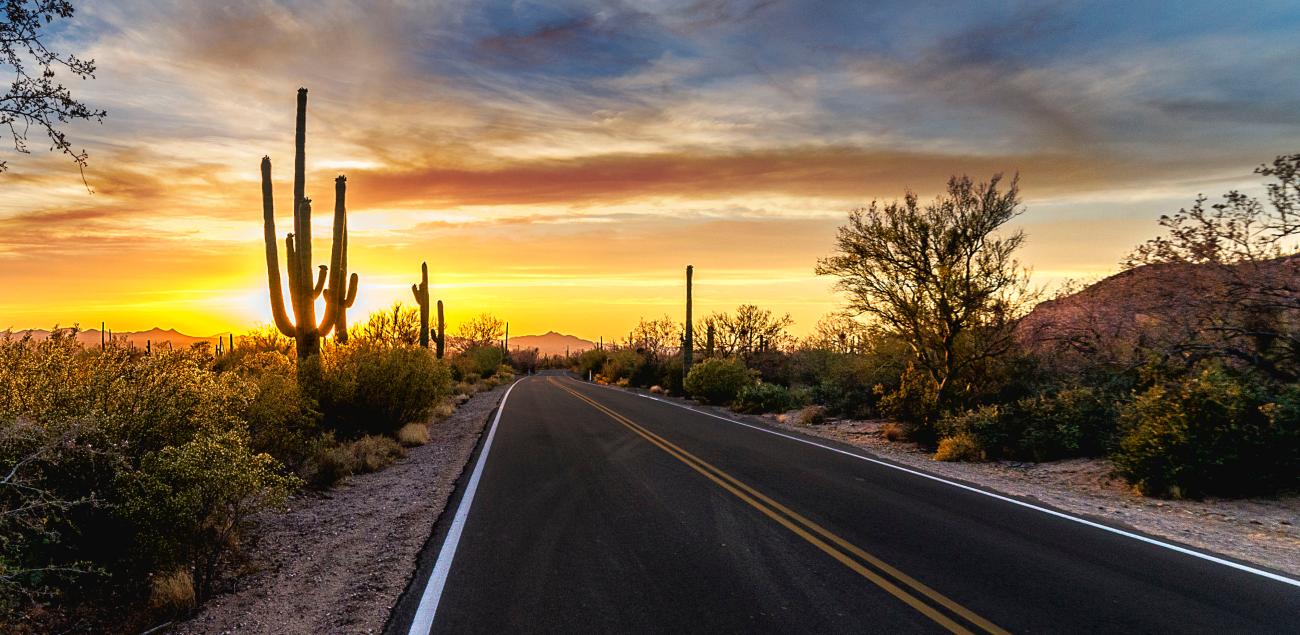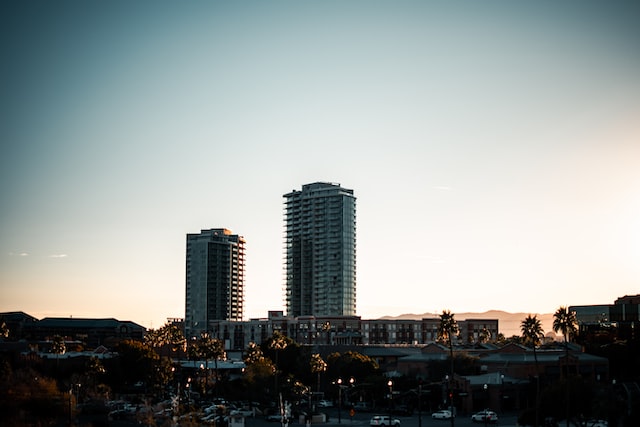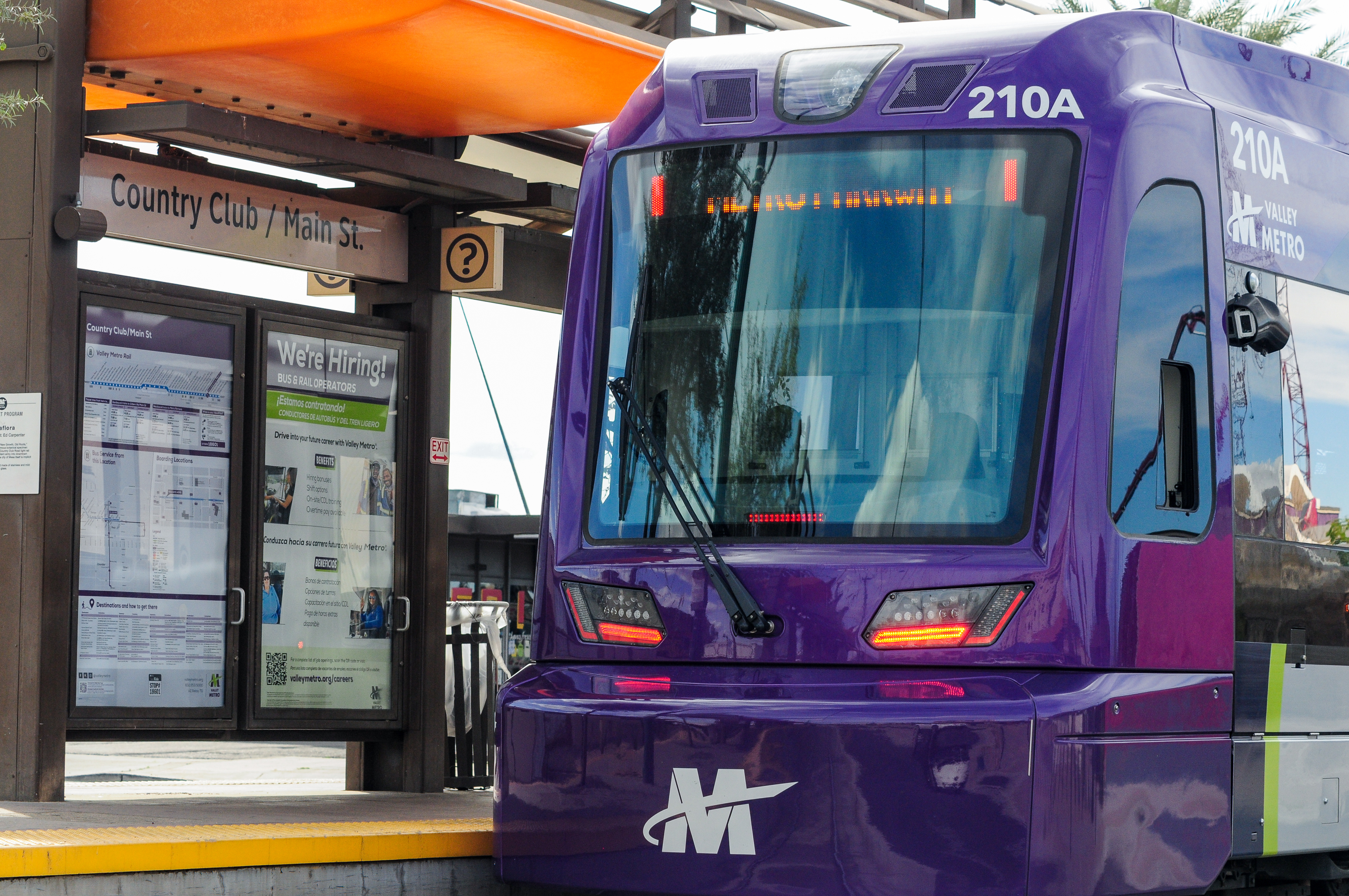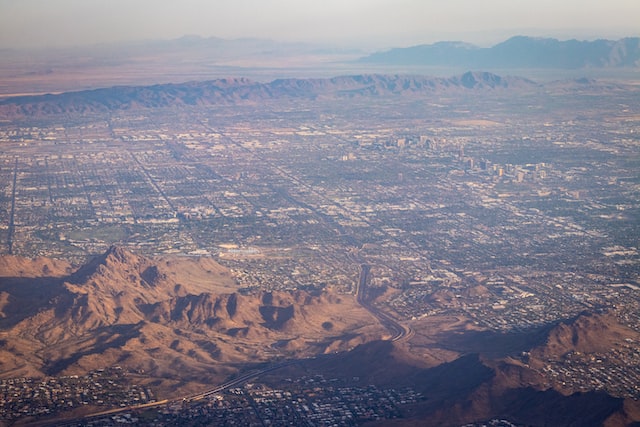
About
What we do
Rationale
The growing urban megaregion across the state of Arizona is experiencing stresses resulting from a warming climate and population growth. This region contains one of the fastest growing urban corridors in the US, including major cities of Tucson, Phoenix, and Flagstaff. With most of the region’s urban areas routinely experiencing 30+ days of temperatures above 110 °F each summer, the population is stressed by the complex interactions of extreme heat, atmospheric pollutants, and limited water. Stretching from the Mexican border in the south to the Navajo (Diné) Nation in the north, the region experiences disproportionate impacts on vulnerable urban subpopulations. Decision-ready knowledge is insufficient and often unavailable to mobilize specific action in places affected simultaneously by profound climatic impact and rapid growth.

Vision
The Southwest Urban Integrated Field Laboratory (SW-IFL) seeks to engage stakeholders and provide scientists and decision makers with high-quality, relevant knowledge capable of spurring and guiding responses to environmental concerns. The SW-IFL is a partnership involving the three public universities in Arizona, two national laboratories, and industry. Arizona State University leads a team that includes University of Arizona, Northern Arizona University, Oak Ridge National Laboratory, Brookhaven National Laboratory, and industry partners. Our initial stakeholder network includes six city governments, multiple county-level agencies, community groups, and local non-profits throughout the region.
Novelty
The SW-IFL will develop and deploy novel observational and modeling capabilities that improve understanding of extreme heat as a central driver of key environmental outcomes, including greenhouse gas emissions, urban water stress, and fate and transport of urban air pollutants in the complex Arizona megaregion. The integration of new observations with innovations in coupled models across scales will enable high resolution modeling and the development of sophisticated decision-support tools.

1
Improving our understanding of how the built environment affects local to regional climates, emissions, and air chemistry
2
Establishing empirically-grounded theory of how governance, actors, plans, and policies across scales shape resilience to heat
3
Building a framework and simulation capability to facilitate mitigation of extreme heat and its societal impacts via analysis of co-benefits and tradeoffs of sustainability outcomes
4
Engaging stakeholders who represent many scales of government and the community in an advising and co-discovery role to drive the research process toward decision-relevant knowledge.
Activities
Observations will leverage existing networks of weather, air quality, and hydrological measurements, supplementing available data with crucial new measurements of land-atmosphere exchange processes, atmospheric composition, and emissions. Intensive observational periods (IOP) throughout the summer months (from hot/arid pre-monsoon months throughout the peak of the North American monsoon season) will use mobile observatories to measure large-scale boundary-layer processes, and focused neighborhood-scale heavily-instrumented testbed experiments to elucidate drivers of microclimate variations and to evaluate the efficacy of proposed solutions. An open call to colleagues nationwide to bring additional unique instruments into the SW-IFL IOPs will be conducted. The testbed experiments will leverage data from the IOPs and include additional short- and long-term measurements that will engage researchers from across our university network as well as citizen scientists from our stakeholder organizations and the broader SW-IFL communities.

Next generation predictive modeling capabilities for urban regions will be developed by improving representations of fine-scale physical processes, while coupling existing state-of-the-art models that integrate human behavior and atmospheric phenomena ranging from neighborhood to regional and global scales.
The overall strategy for stakeholder engagement focuses on the co-creation of knowledge. This will include the development of integrative research and learning experiences through (a) scholar-community cohort fellowships, (b) undergraduate summer “HeatMappers” experiences with participatory science, and (c) K-12 curricular activities.

Expected outcomes
The integration of high-resolution observations (atmospheric, land surface, and infrastructure), diagnostic and predictive models, and civic engagement will provide new knowledge and deliver next-generation predictive tools that are regionally specific but also translatable to other arid regions. Ultimately, the new tools will empower the public to respond to extreme heat, while informing the development and deployment of policies and solutions that are effective and generalizable.
The Southwest Urban Integrated Field Laboratory (SW-IFL) is just one of four such field laboratories funded by the Environmental System Science Program of the U.S. Department of Energy. For more details on the program, visit the DOE Urban IFL home page.